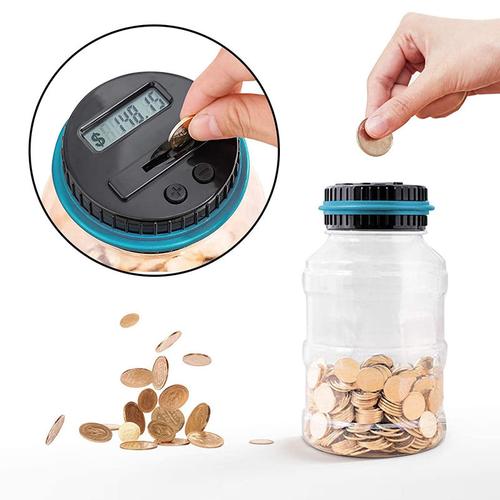
Understanding the Concept of Counting Coins
Have you ever found yourself in a situation where you need to count coins, but aren’t quite sure how to go about it? Counting coins can be a challenging task, especially if you’re not familiar with the different denominations and their values. In this article, we’ll delve into the concept of counting coins, providing you with a comprehensive guide to help you navigate this task with ease.
What are Coins?
Coins are small, flat pieces of metal that are used as a medium of exchange in various economies around the world. They come in different denominations, which represent their value. For example, in the United States, you might find coins like the penny, nickel, dime, quarter, and dollar. Each of these coins has a specific value, and understanding these values is crucial when it comes to counting coins.

Understanding Denominations
Let’s take a closer look at some common coin denominations and their values:
| Denomination | Value |
|---|---|
| Penny | $0.01 |
| Nickel | $0.05 |
| Dime | $0.10 |
| Quarter | $0.25 |
| Half Dollar | $0.50 |
| Dollar | $1.00 |
Understanding these denominations is the first step in counting coins accurately. Once you know the value of each coin, you can start adding them up to determine the total amount.
Counting Coins: A Step-by-Step Guide
Now that you have a basic understanding of coin denominations, let’s go through a step-by-step guide to help you count coins effectively:
-
Start by separating the coins into their respective denominations. This will make it easier to count them accurately.
-
Count each denomination separately. For example, count all the pennies, then all the nickels, and so on.
-
Once you have counted each denomination, multiply the number of coins by their respective values. For example, if you have 10 nickels, you would multiply 10 by $0.05 to get a total value of $0.50.
-
Repeat this process for each denomination and add up the values to get the total amount.
Here’s an example to illustrate the process:
Let’s say you have the following coins:
- 5 pennies
- 2 nickels
- 1 dime
- 3 quarters
First, count the pennies: 5 pennies x $0.01 = $0.05
Next, count the nickels: 2 nickels x $0.05 = $0.10
Then, count the dimes: 1 dime x $0.10 = $0.10
Finally, count the quarters: 3 quarters x $0.25 = $0.75
Now, add up the values: $0.05 + $0.10 + $0.10 + $0.75 = $1.00
So, the total value of the coins you have is $1.00.
Common Mistakes to Avoid
When counting coins, it’s important to be aware of common mistakes that can lead to inaccuracies. Here are a few to keep in mind:
-
Miscounting coins: Double-check your counts to ensure you haven’t made any mistakes.
-
Confusing denominations: Make sure you’re familiar with the values of each denomination to avoid confusion.
-
Not accounting for change: When counting coins, remember to include any

